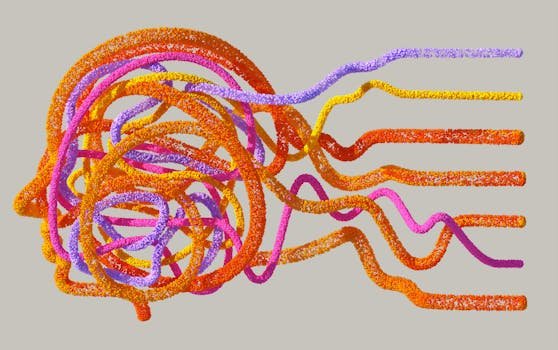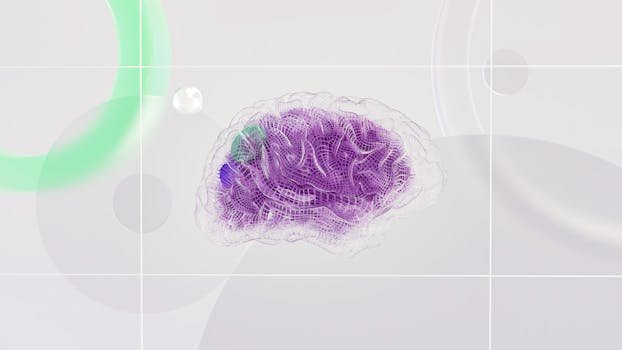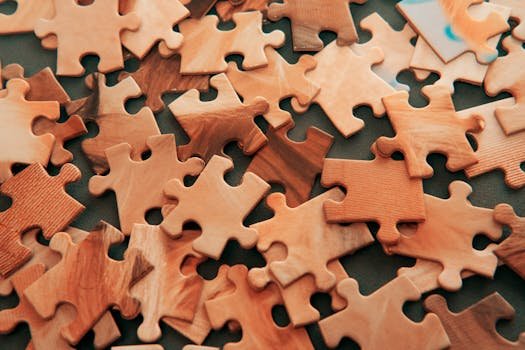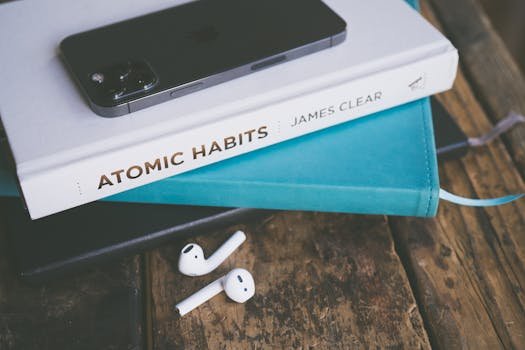The idea of a “second brain” has become hugely popular in the work of knowledge, for their kind of work, the kind that involves lots of thinking and a need for some kind of space to create that work. For the kinds of making and doing and thinking that my colleagues and I do, in lifetimes that span the digital age, Notion is a great platform for building the kind of external brain that lets us carry on with our work a bit better.
Why Build a Second Brain?

Contemporary existence overloads us with abundant information and incessant digital diversions. Our biological brains have finite storage, attention, and retrieval capacities. A second brain acts as an extended cognitive repository that allows for:
- Transferring memory: When an individual stores information in an external form, it clears up space in the brain that can be filled with other meaningful information.
- Knowledge that is organized: Eliciting systematic notes and making them atomic, while also making indexes and associative paths, bolster recall and cross-referencing.
Creativity is a maximized benefit when we connect ideas across different domains. Why? Because it gives us a novel way of looking at things. And what is innovation, if not a new way of doing things?
So far, we have mostly been talking about how your brain connects the dots between disparate ideas. But often, those dots are peculiar to you and your experiences. Some of the most innovative individuals in the world are those who have simply made more connections between their experiences.
- Better decisions: Having knowledge and a structured way to process it enables better decisions.
- Productive focus: Reduction of overwhelm through clear workflows and task management.
Core Principles of How to Build a Second Brain in Notion
Record all your thoughts, ideas, images, and sounds at the moment they occur. Everything you put into Evernote is instantly and automatically made searchable, accessible across all your devices and offline.
Capture ideas, articles, quotes, meeting notes, and tasks the moment they occur using Notion’s web clipper, mobile apps, and quick entry templates. The goal is zero mental friction between insight and storage.
Arrange with an Adaptable, Connected Framework
In contrast to inflexible file directories, the Notion database system is a fully functional relational database that permits various forms of visually rich expression (tables, lists, boards, calendars). You can connect your notes, projects, and resources within Notion to one another in a way that resembles and, in some cases, exceeds the associative power of the brain.
Concentrate and Purify Consistently
Conduct reviews every week when you can sit down and put your brain back in the space it was when you were writing the raw notes. Write a summary of what the notes were about (“Your child is not autistic; your child has…” comes to mind). Write a tag at the front that idiosyncratically labels the contents of the notes (“lightning bolt” comes to mind). I have some thoughts on what to use for tags later in this post.
And then refactor the system if the notes somehow weren’t making the system noise-reducing and actionable or if it was just unintelligible or confusing in any way.
Retrieval and Use of Design
Build dashboards and filtered views that are finely tuned to your requirements—be those daily tasks, project plans, or reading lists—and the knowledge you need will be instantly at hand, rendered relevant without the absence of searching.
Repeat and Perfect
Your Notion templates, databases, and workflows are as dynamic as you are. Evolving needs dictate their evolution. Creating AI-powered summarizers and task managers are not as difficult as they might first appear. With the right tools and a strategic view of your content landscape, you can do both.
Step-by-Step Guide to Building Your Second Brain in Notion (2025)

Step 1: Establish Fundamental Workspaces
The foundation lies in principal databases such as:
Temporary capture zone for unprocessed information.
Initiatives: Current pursuits with actions and target completion dates.
Knowledge Dome: Notes of long duration; research; thoughts; notions.
Materials: Citations such as essays, recordings, classes.
Jobs & Routines: Everyday chores and steady-state function monitoring.
Step 2: Workflows of Capture and Processing
Utilize rapid addition templates and the Notion mobile application for instant data input.
Entries in the Inbox are transferred to Projects, Knowledge Vault, or Resources once they have been reviewed.
Label and connect notes to pertinent undertakings or subjects.
Step 3: Make Dashboards
Assemble your customizable dashboards that pull in everything you need to see and know, to be and do your best, all right in front of you. Notion’s filtered views and relations can help you do this, serving as the almost magical bridge between your workspace and your consciousness.
Step 4: Use Templates and Automation to Your Advantage
Leverage ready-to-go, community-created templates or build your own in Notion to take meeting notes, summarize readings, and facilitate brainstorming. Use Notion’s AI tools to automate the recurring task creation and reminder systems that keep your team on task.
Stage 5: Routine Assessments and Adjustment
Set up a regular weekly and monthly review cadence to prune outdated info, consolidate notes, and update project statuses, ensuring your second brain stays sharp and useful.
New Trends in 2025 Enhancing Second Brain Use in Notion

- Integrating AI: Notion is embedded with natural language AI assistants that help with document summarization, note connection suggestions, and content draft generation; all of which help reduce the user’s cognitive load (Liu et al., 2025).
- Multimodal Input: Advanced voice, video, and handwriting recognition allow for richer and more varied capture techniques.
- Knowledge Building in a Collaborative Setting: The ability to share and edit in real time with one’s team is critical to enhancing the collective intelligence of a group. Yet, for this to happen without interruption or degradation, team members need to maintain robust personal knowledge bases.
- Retrieval that Understands Context: Intelligent search functions adjust to your context, serving up the most pertinent information without requiring you to do any manual tagging.
Scientific and Educational Foundations
Cognitive neuroscience is shedding light on the profound influence of external knowledge systems—like the one we have created for you—as latest research confirms they help mitigate the cognitive overload we place on our too-often overburdened brains. With this newfound understanding, we are better positioned to appreciate just how helpful our project can be. And that’s before we even get to the bit about how, in line with all the best learning principles, the very act of making the second brain better is a surefire way to make the first brain better too.
Final Tips for Success
Begin with modest ambitions: Construct step by step; steer clear of making things too complex.
Persist in Practice: Establishing a regular rhythm of capturing and reviewing is the vital part of the equation. Why? Because this whole gig only works if you’re consistently applying the practices.
Make it yours: Tailor it to your way of working, not the other way around.
Backup and Sync: Make use of Notion’s cloud presence and its export opportunities to furnish data security.
Counterbalance Digital and Analog: Writing digital notes is enhanced when you also handwrite or create mind maps. Those are better for memory. You have to complement the skills that digital tools are good at with some that are better when using handwriting.


